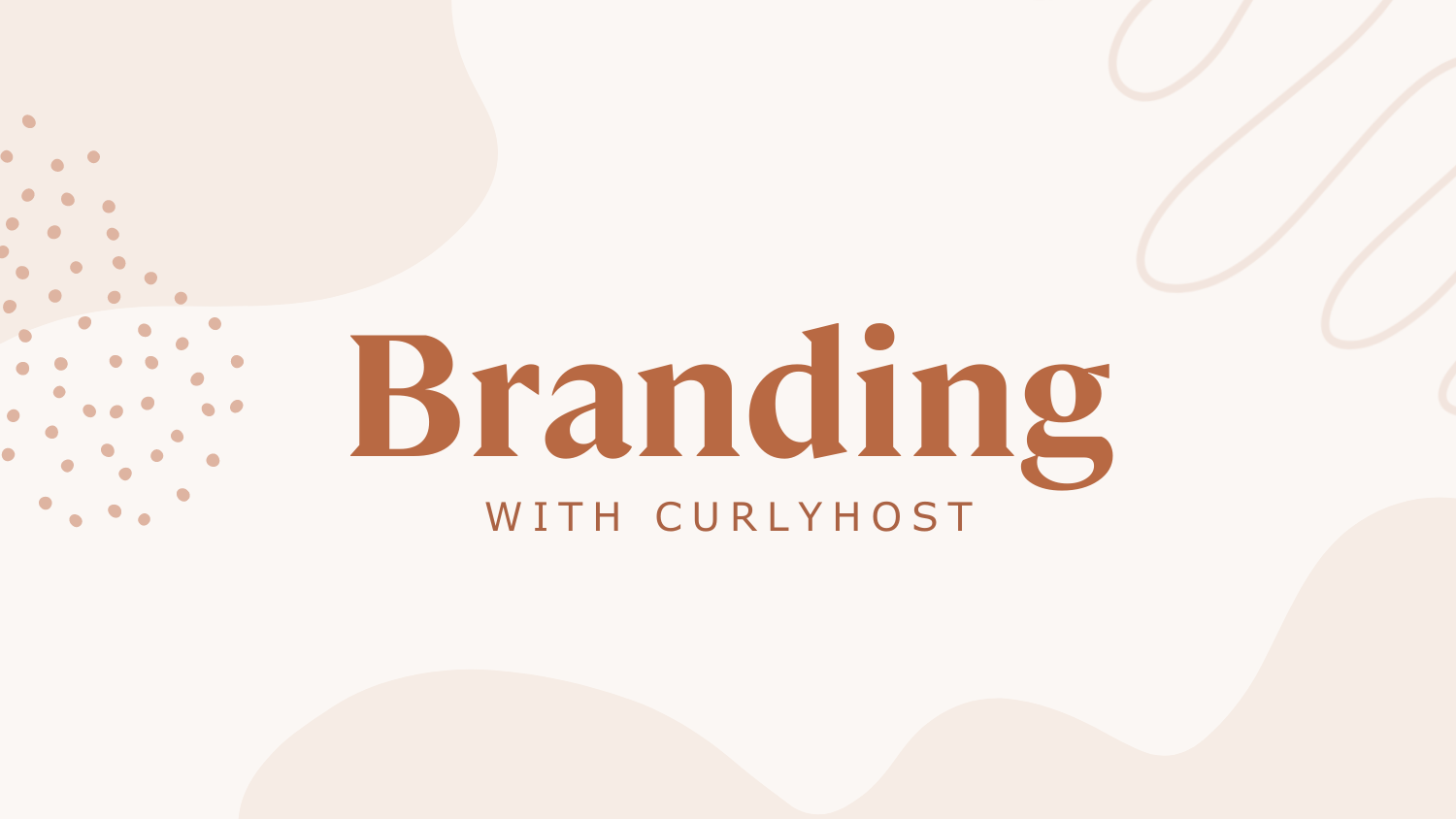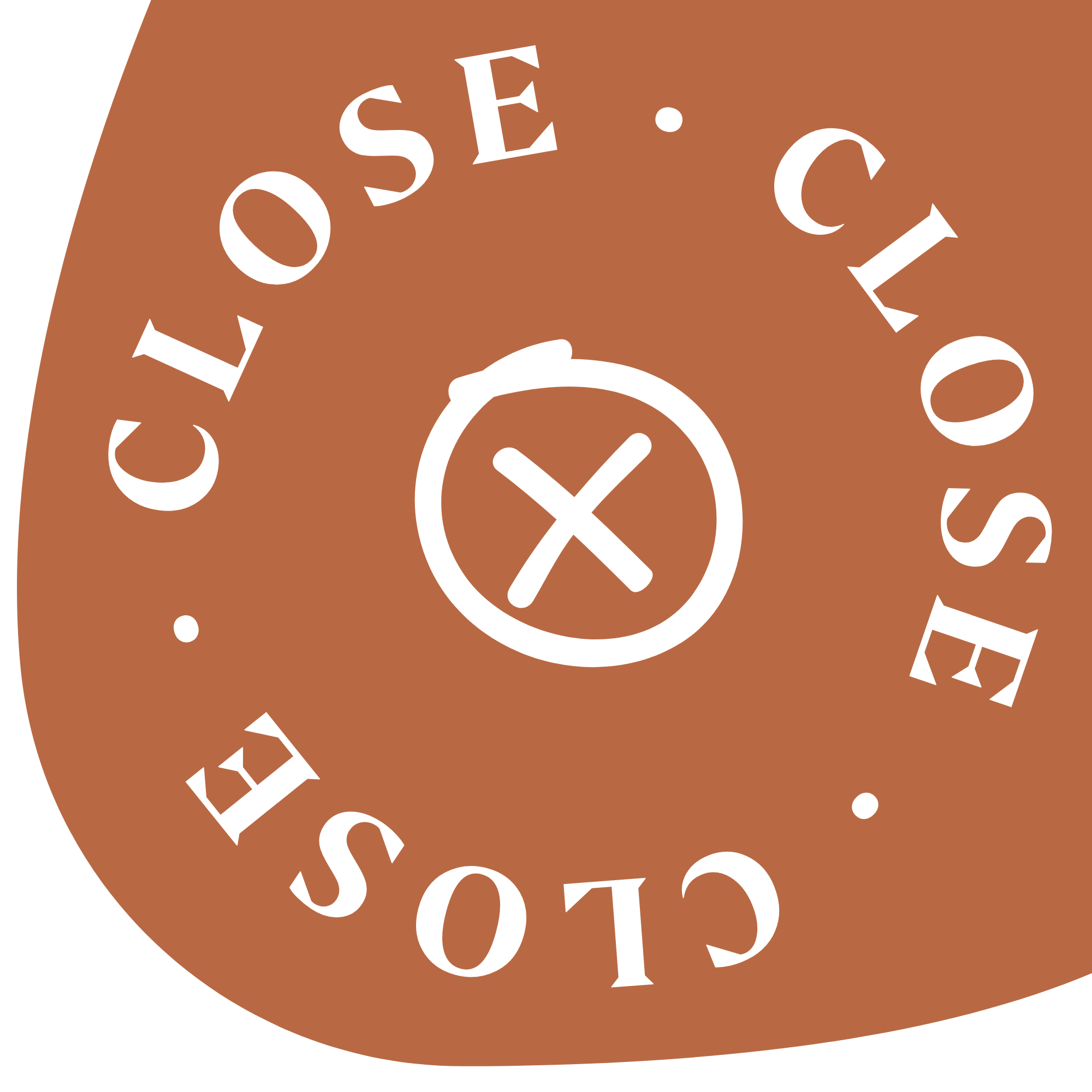Meeting My Inspiration
I felt so overwhelmed by the number of ways I could mess my garden up this time that I asked her, “Could you just tell me what I should plant?”
She laughed, “I can’t tell you what you should want to look at or tend to every day – only you can decide that. Just see what draws your attention, read the directions, and know that every season you have the opportunity to start over.”
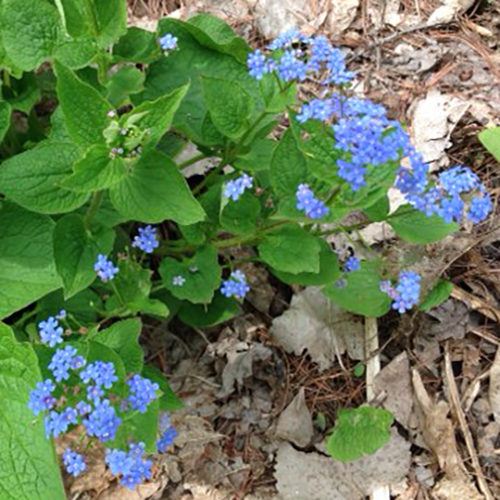
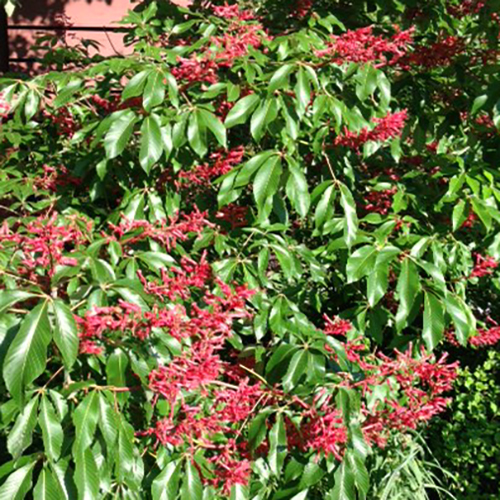
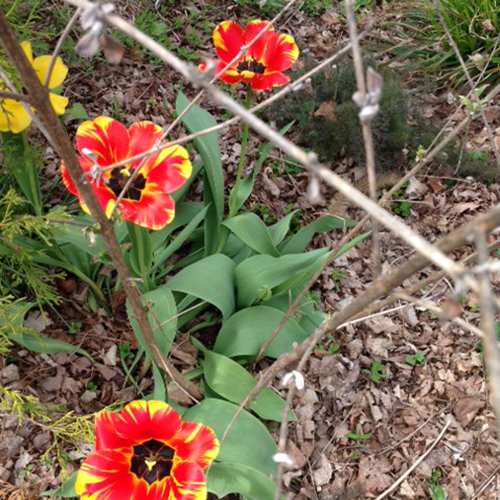
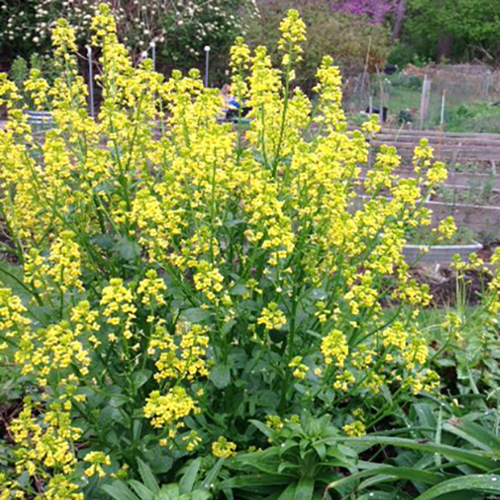
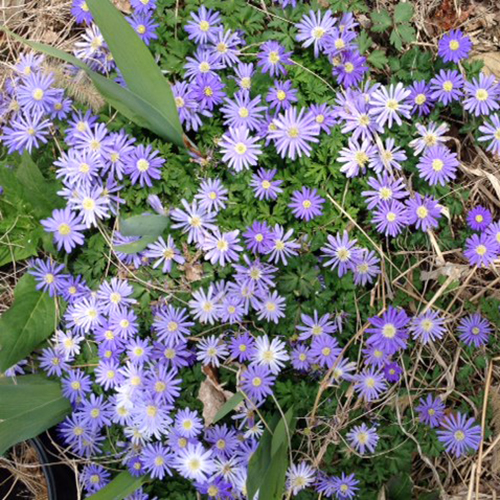
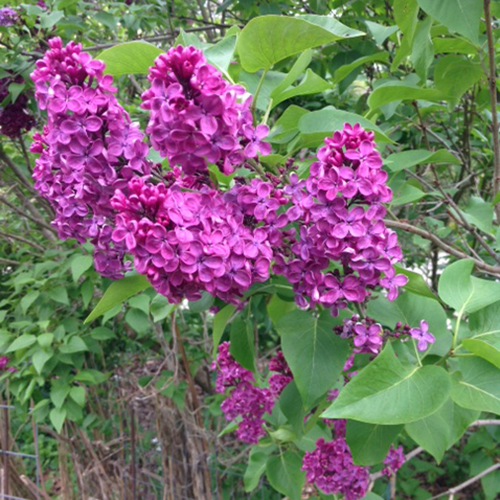
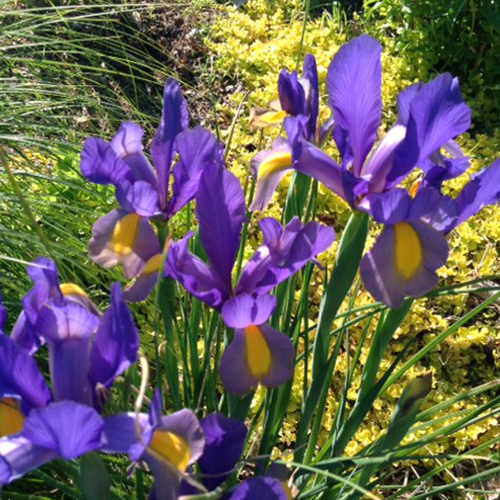
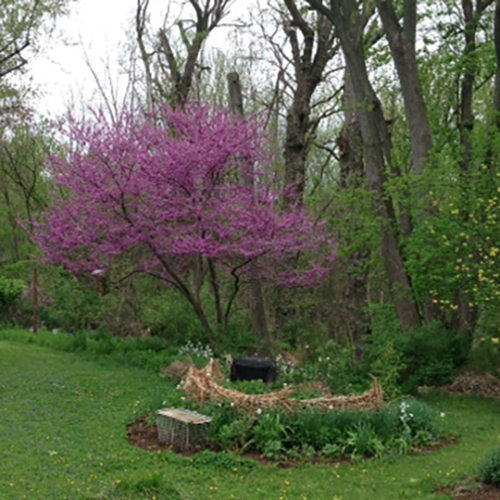
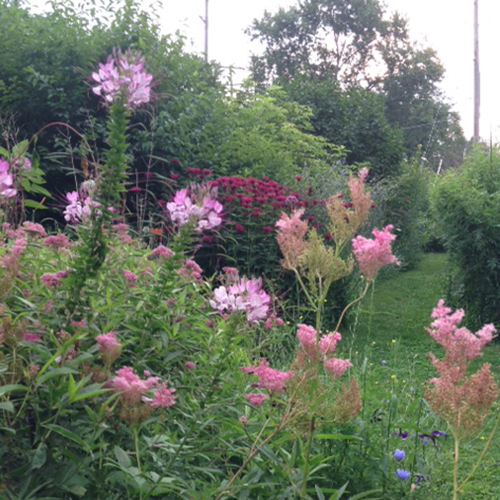
I met my gardening mentor by walking by her yard enough times that she eventually invited me in. I was drawn to the vibrancy in her yard, both in colorful blooms but also in the hum of life that surrounded it. Zelda’s garden was like a floral art show, transforming each season as blooms set the stage for a beautiful buzz of life. I enjoyed watching it change over the season and felt honored to step inside. Her garden is life-giving both in its visual display and in its functionality as a food source.
I was inspired. I set out to understand the basics of how to plant a better garden this year – and along my journey, found many correlations between gardening and tending to websites.
What are you tending to now? What do you want to tend to in the future?
The last time I attempted a garden I ended up watering (or forgetting to water) weeds all summer not knowing the difference between what nature provided me and what seeds I had thrown in the soil. I felt like I was watering regularly but it was spotty at best and eventually, I would give up and everything would die. My initial attempts at gardening felt defeating but there I was in front of Zelda’s garden buzzing with life and I wanted to try again.
While building my garden I found myself learning a lot about what I wanted and didn’t want out of a garden with regard to color, pattern, and form, but I had failed to take into consideration the needs for my daily habits to align with the needs of the plants. Namely, the need for regular watering.
Committing to a garden was committing to watering those plants regularly.
The repetitive patterns in nature fascinate, relax, and reboots our brain. The scent can have unique healing qualities, and the color affects our emotions. The sight and sound of water have the power to distract, calm and relax. Gardens can be a healer, rejuvenator, or restorer for people and pollinators alike.
Curate your content like a plantsperson.
A plantsperson is an enthusiastic and knowledgeable gardener – usually amateur – one who loves plants for their own sake and knows how to cherish them.
If you are starting out on your quest to either curate a pollinator’s garden or a website with a thoughtful narrative, consider this:
1
Be honest with the level of involvement you want to have.
Garden – Do you want a garden that needs to be watered daily? Weekly? Every garden needs extra tending to at the beginning, but some plants need more regular upkeep than others. You may not want to create something that will require more regular maintenance than you can realistically commit to.
Website – Do you want a website that needs to be updated regularly? Do you want to write relevant blog posts? Or update imagery and content? Make sure you are creating something that is natural, consistent, and unburdensome to your lifestyle. Create a website that houses the kinds of content you want to create.
2
Understand who will be interacting your work.
Garden – Who are the people, animals, and insects that may interact with your garden? Is it a place of nurturing food for your table, or one of exploration and discovery? If you choose to plant your garden with pollinators in mind you can swap out the veggies for flowers and enjoy the wide array of colorful options at your disposal.
Website – Who are the people that will be interacting with your site and what will they be looking for? What kinds of problems are they trying to solve? Knowing how someone will interact with your website will keep your navigation, copy, graphics, and storytelling elements in line with the overall need of the site.
3
Research the space and timing.
Garden – Learn about what will thrive in the soil and with the seasons that you have. Certain plants can only come out after a frost while others can survive all seasons. Keep your soil quality in mind and check for plants hiding under the surface only to bloom later.
Website – Sometimes sharing the right information at the wrong time will ensure your idea falls flat. Each season, keep your users a physical and emotional environment in mind. Have a great idea that takes a few blog posts to unpack or would be better enjoyed all at once? Take your time!
4
Move things around.
Garden – Was there anything that you thought you would like and just didn’t end up working out? Did you forget to consider that it would get bigger or that it might need more sun than the space allowed? It’s okay to move things around even after a root base has been established. Everything can thrive if given the right amount of sun and water it requires.
Website – Maybe that idea you started on your Facebook page should be brought into a blog series or that review on Google could be used to update your About page. While thinking about your website, consider some of the content that might be underutilized where it’s at currently and how it might be integrated more cohesively into your overall brand story.
5
Tend to what you have.
Garden – Maybe you don’t need new plants, maybe you need to tend to the plants that you already have. Rather than treating each plant the same, research each plant that you have and see if you could curate their environment better.
Website – A website you can update regularly is better than the one you can’t. So, despite wanting something new, maybe working within the constraints of what you already have is the best way forward. First, nurture your platform to thrive before planting anything new.
Planting seeds in your garden is like curating life-giving content on your website. Cultivate the great content and weed out the rest.
Zelda’s garden felt like an invitation to play. Her yard was a living, breathing bouquet meant to be enjoyed by humans, animals, and insect life alike. With blooms meant for the outside world and blooms meant just for her, her garden was an art piece in motion, but functional in form.
Your website can be an invitation to help your users find joy while navigating your services. You can use color, fonts, and imagery that sets the creative tone, and then organize your content based on how you want users to engage with it.
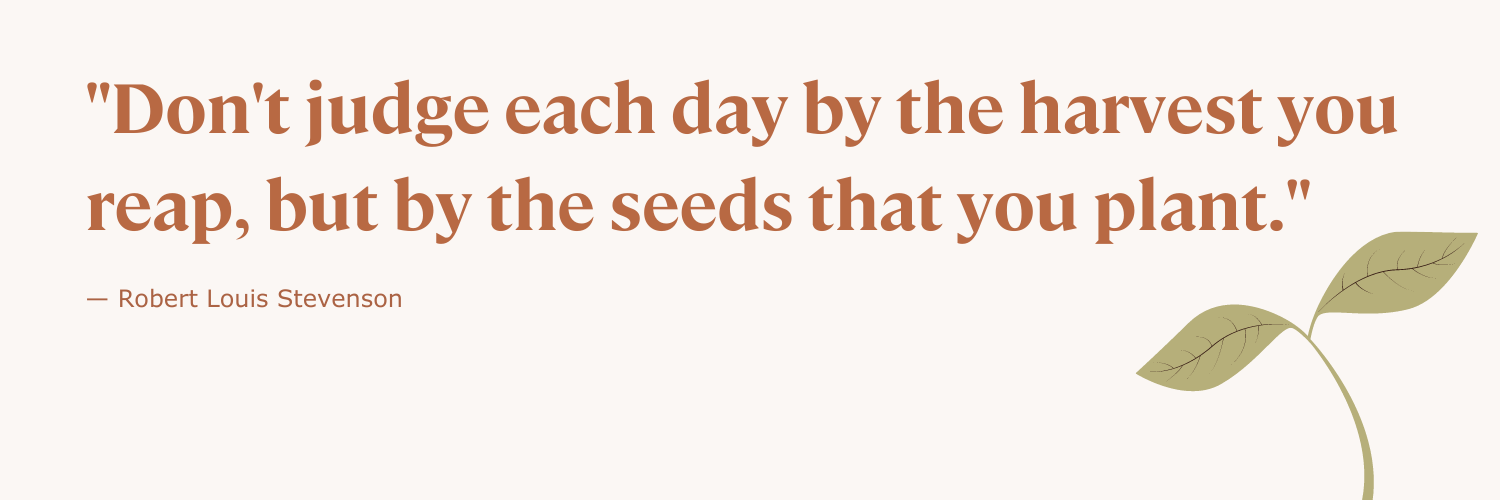
The goal of a garden is to slowly cultivate something that you might want to look at and tend to each day, and there’s no wrong way to do it. Similarly, you need to find an authentic voice for what you want to share on your website and there’s no wrong way to do that either. Sure, you need to think about a few things but make sure it feels authentic to you and you’re ready to commit to the website that you want to have.
So, the only real question is, what do you want to tend to?




